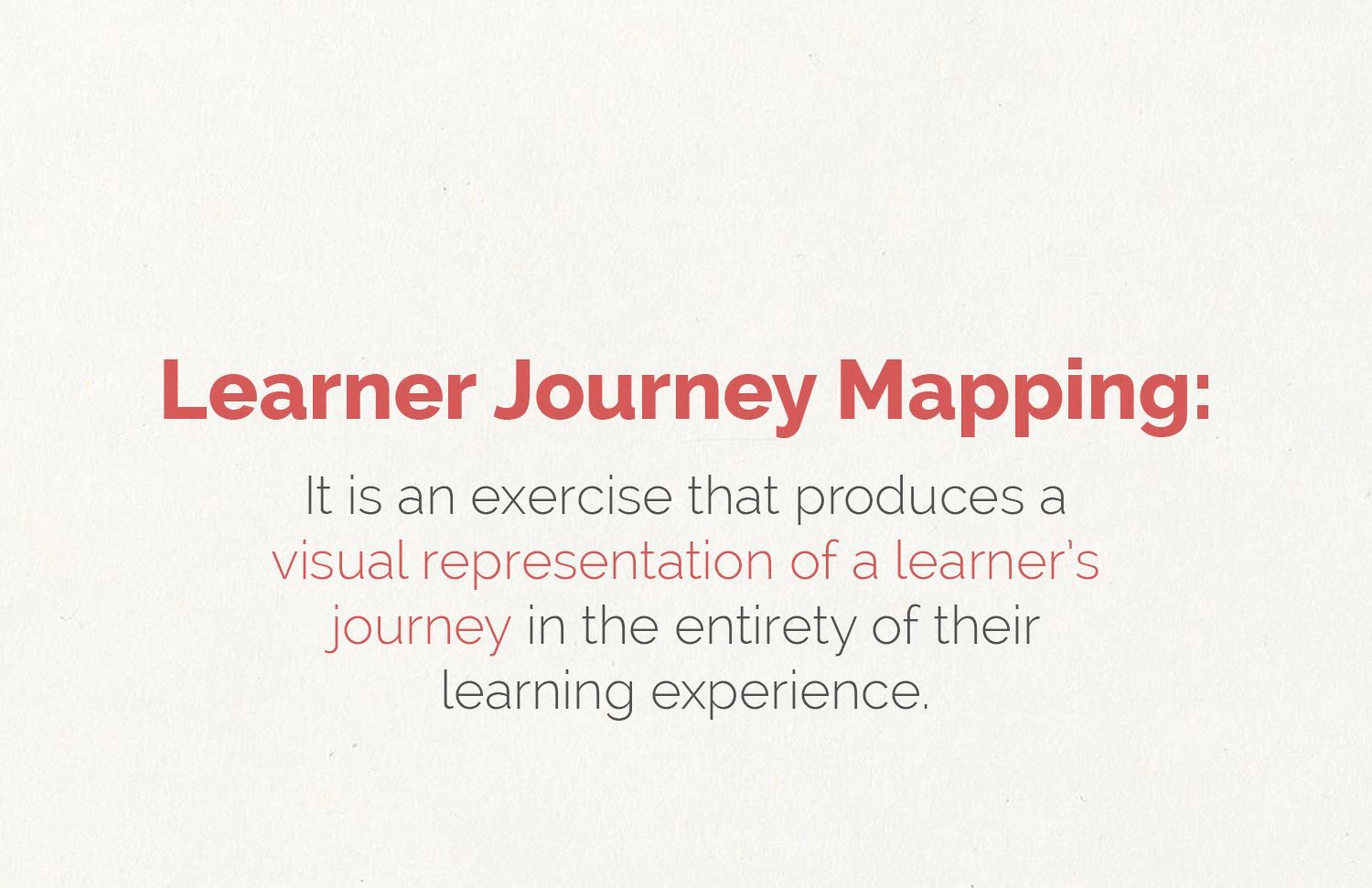Learning, may it be academic or corporate, has almost entirely migrated to online or remote in just a few months from the onset of the pandemic. Schools hurriedly implemented learning management systems (LMS) to deliver blended learning, combining synchronous and asynchronous modalities.
On the other hand, corporate learning moved their delivery from a predominantly classroom modality to online. This presented a host of challenges. For one, the older generations of employee learners, the Baby Boomers and older Generation X, require the highest degree of personalized learning and the lowest degree of independence from others. They need a more personally focused learning structure, classroom delivery, and in-class participation, reflection, and feedback to bring them more directly into the process, which many corporate trainers are struggling to adapt into an online delivery.
In the corporate world before Covid-19, learning and development (L &D) departments would normally conduct training needs analysis, understand the skills gaps, and create and conduct training in a classroom setting. The learning experience of the learners involve getting announcements from L&D on the available trainings and sitting in classroom-style delivery where the trainer influences the majority of the learner’s experience. The same is true in the academic world, where students are constrained to how the teacher designs and delivers the subject matter.
In the online learning environment, it is more challenging to achieve your learning outcomes. Distractions at home abound. Not to mention limitations in internet speeds and technologies.
That’s why in both academic and corporate learning environments, it is important to put the leaner experience at the center of the program design and technology choice in remote learning.
One of the tools we use in our consulting work is the learner journey mapping. This is similar to the customer journey mapping or employee experience mapping that many are familiar with. It forces you to shift your perspective from inside-out to outside-in.
Learner journey mapping is an exercise that produces a visual representation of a learner’s journey in the entirety of his or her learning experience – from program awareness to registration, from pre-course preparation to evaluation and beyond. The goal is to put the trainer, teacher, and course designer the learner’s shoes so you can better understand their needs, perceptions, and emotions, as well as the factors that contribute to or detract from their experience. This exercise prompts conversations and insights about needs, pain points, and opportunities for improvement. There are several possible learner touchpoints that we can evaluate in a learner journey mapping exercise.
First is the learner’s awareness of the learning program, may it be through Google search or course catalogue. Second is when the learner does research about the learning program, may it be through testimonials, or asking other learners. Third is when the learner purchases the course, or registers into the online class. Fourth is when the learner received acknowledgement that he or she has enrolled, may it be email notification or other messaging. Fifth is when he learner goes through pre-program or prework activities, such as online assessment, pre-reading, or online orientation. Sixth is the coursework itself which includes instructional materials, homework and project, the online facilitation of the trainer. Seventh is the final assessment which evaluates how the mastery of the new skill; and knowledge is assessed. Last is the completion of the course – how is the skill mastery recognized and how certificates are generated and delivered.
These sample touchpoints are not exhaustive and may involve a long list of other learner touchpoints. The more detailed the touchpoint is, the better for mapping the learner journey.
Now that we have identified the touchpoints, it is time to look at the factors that influence the learner’s experience at each touchpoint. This is where we identify at every touchpoint the learner journey, stressing on how the learner feels, what the learner needs are and what emotions and expectations for each touchpoint.
To shed light to these, we need to ask these questions: What do they need at each touchpoint? What expectations do they have? What are they thinking? What questions might they have? What are they feeling? Doubt, fear, excitement, confusion, anxiety, frustration?
Once we have completed these, we can now identify the pain points of the learner, and design or redesign the learner experience. In out consulting work, the pain point common across corporate and academic learners is the coursework itself. This is influenced by the slow intern speeds of many students. Even in corporate learning, as much as 30 percent of the employee learners experience spotty internet access which affects their learning experience. I have extensively written about how to effectively deliver classes and training in allow-bandwidth environment.
Another factor in the coursework pain point is how the facilitator can make the online class interesting and engaging. I have likewise written several articles on how to master the new digital medium and how to keep learners engaged in a virtual setting.
Nonetheless, it’s still advisable to go through the learner journey mapping to pinpoint exactly where the learner pain points are, in order to design and redesign a more effective online learning experience.
(Originally published in Manila Times, December 4, 2020)
Tag/s:Personal Development






Very topical – helpful reminders, thank you!